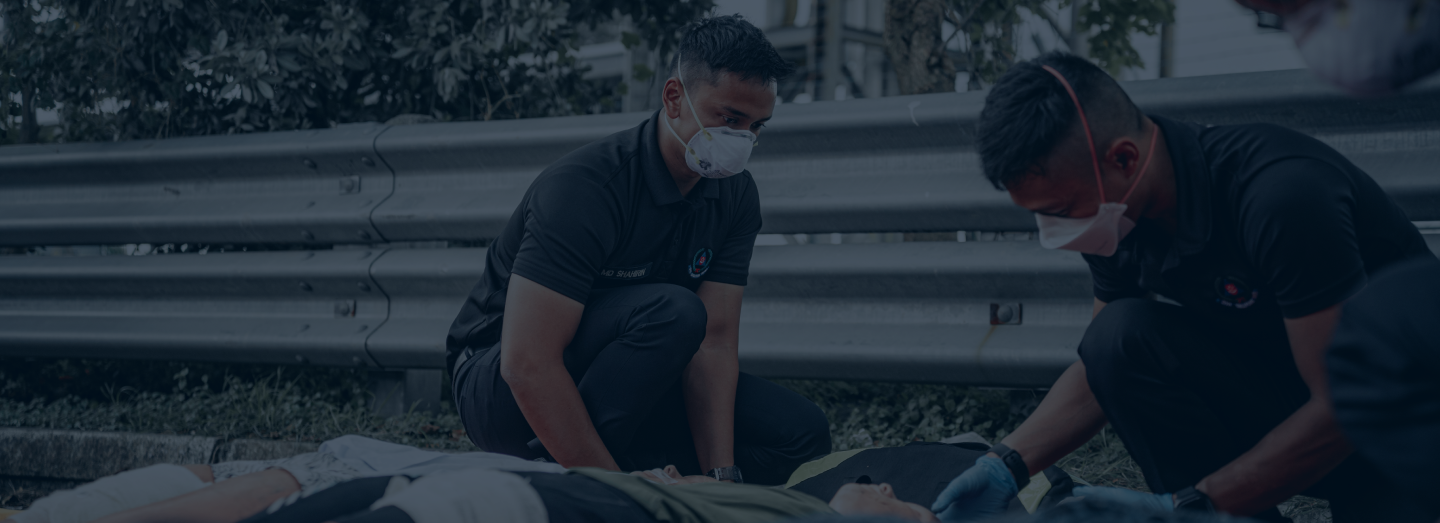The present dry spell being experienced in Singapore has seen outbreaks of grass, lallang and vegetation fires. In the whole of January 2010, the SCDF responded to 36 cases of such fires. Between 1st to 16th February 2010, the SCDF responded to another 71 cases. However, the figures remain relatively low as compared to the peak period last year. In January 2009, there were 182 cases of vegetation fires and 159 fires in February 2009. There were 523 vegetation fires in the whole of 2009, an increase of 97 cases from the 426 fires in 2008.SCDF which chairs the Wildfire Task Force Committee has been working closely with the related agencies The Wildfire Task Force Committee comprises representatives from SCDF, MINDEF/DSTA, HDB, SLA, PUB, NEA and NParks. to adopt preventive measures at the respective lands under their jurisdiction. Other measures include increasing the frequencies in trimming the vegetation; keeping the land moist as well as to create sufficient fire break buffers and barriers to prevent fire spread.
SCDF crews are also patrolling fire hot spot areas, example, Fort Rd, Tanah Merah Coastal Rd, Sengkang, Punggol, etc., to put out incipient vegetation fires before they can escalate into bigger fires.Should the dry conditions and high temperature continue, occurrences of such fires may increase. In view of this, the SCDF would like to appeal to the public to help minimise such fire occurrences by observing the following:
a. Do not throw lighted materials such as lighted cigarette butts and matches onto grass patches/fields and rubbish dumps;
b. Do not dispose of rubbish/discarded materials/items at grass areas/fields/gardens. Rubbish dumps provide sources of fuel to sustain fires;
c. Do not operate equipment that generate excessive sparks or heat in dry vegetation areas;
d. Home owners with grass compounds should keep grass trimmed and watered. Dead leaves should be properly disposed of;
e. Incense papers should be burnt in incense burners such as those provided for by the Town Councils. These burners should be placed on flat open ground at a safe distance from combustible materials and electrical sources (eg. switch room). After the prayer session, one should check around for smouldering incense in the vicinity and ensure that it is completely extinguished.
